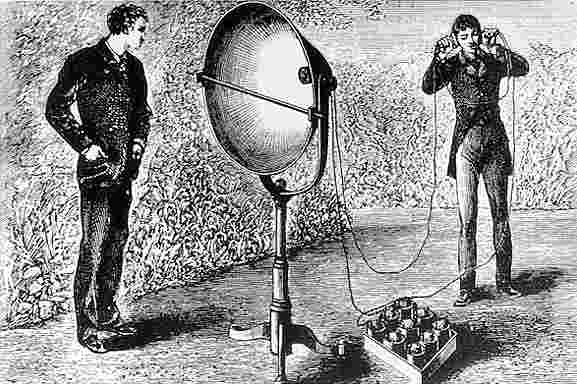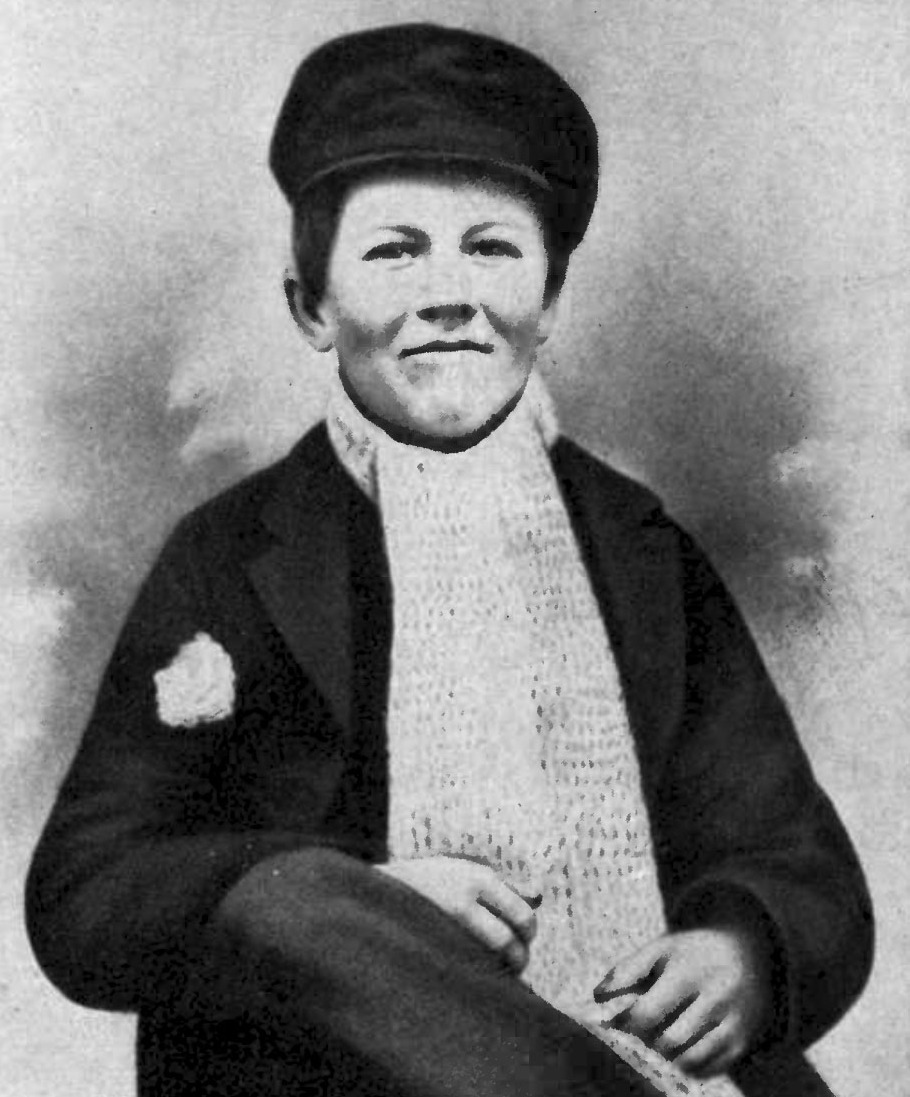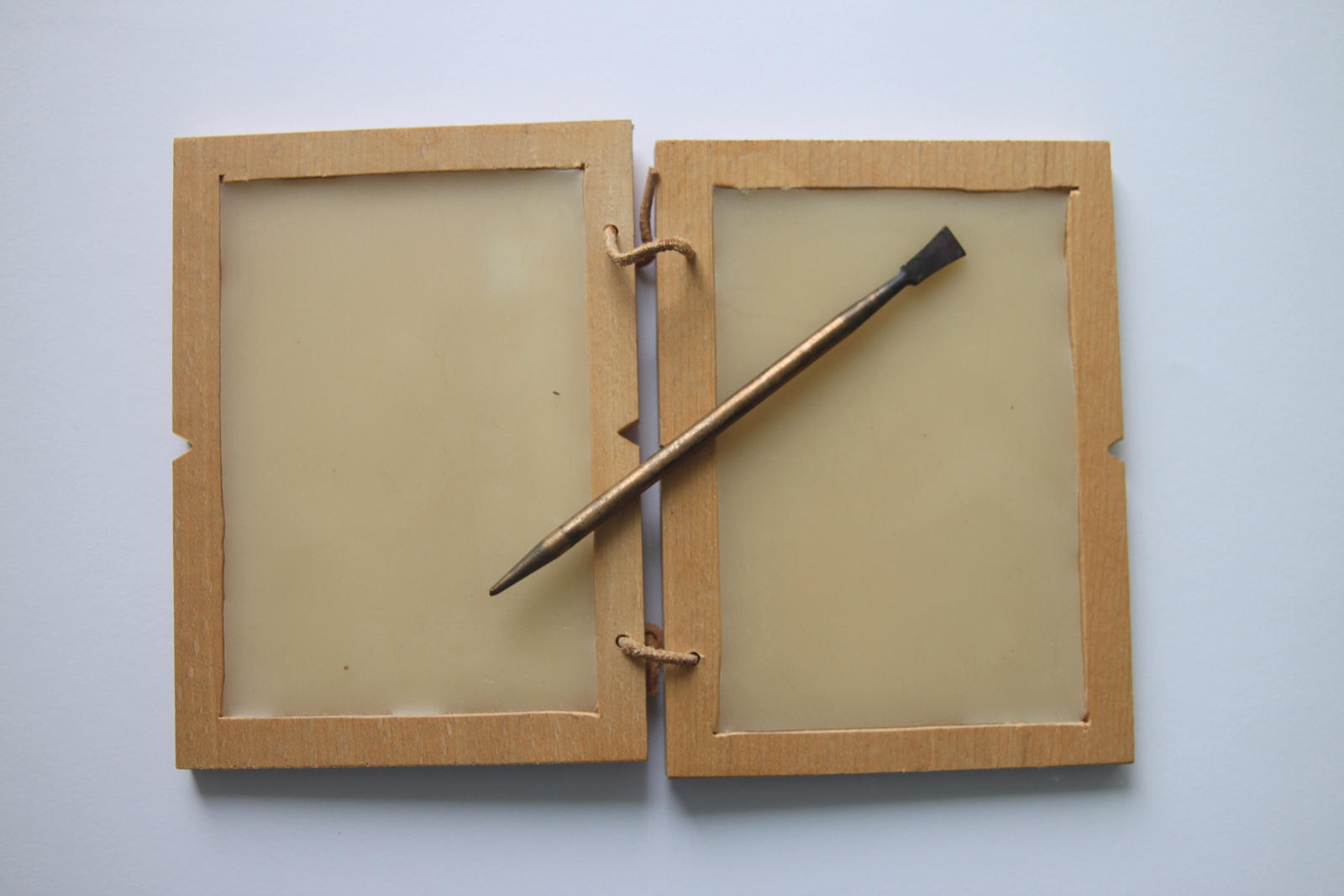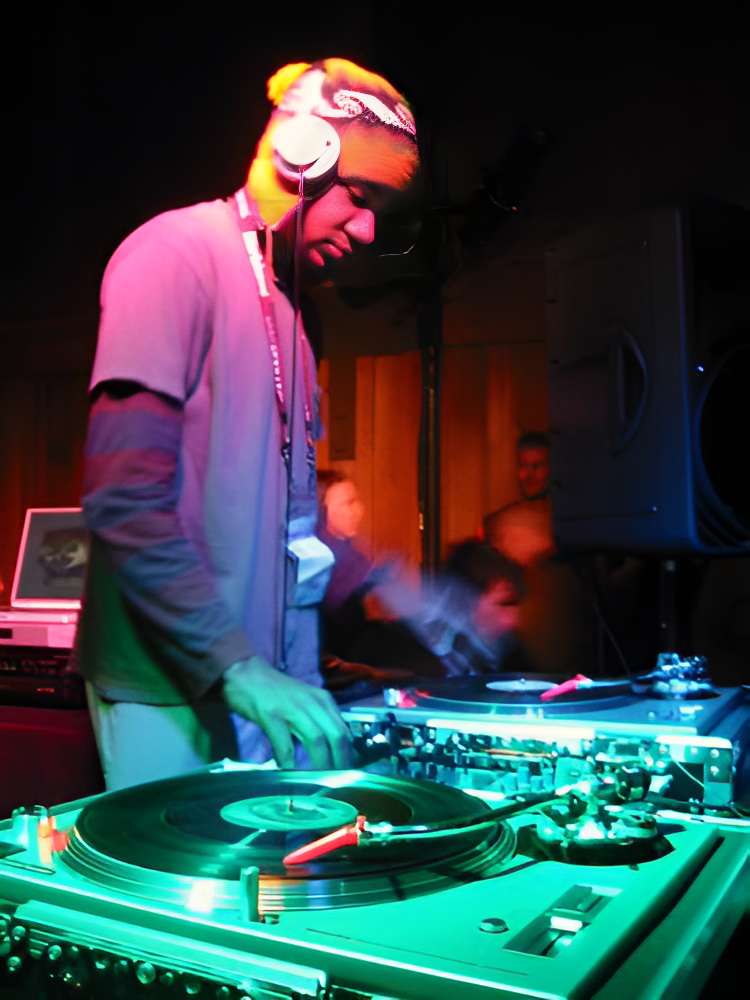|
Phonograph
A phonograph, later called a gramophone, and since the 1940s a record player, or more recently a turntable, is a device for the mechanical and analogue reproduction of sound. The sound vibration Waveform, waveforms are recorded as corresponding physical deviations of a helical or spiral groove engraved, etched, incised, or impressed into the surface of a rotating cylinder or disc, called a ''Phonograph record, record''. To recreate the sound, the surface is similarly rotated while a playback #Stylus, stylus traces the groove and is therefore vibrated by it, faintly reproducing the recorded sound. In early acoustic phonographs, the stylus vibrated a Diaphragm (acoustics), diaphragm that produced sound waves coupled to the open air through a flaring Horn loudspeaker, horn, or directly to the listener's ears through stethoscope-type earphones. The phonograph was invented in 1877 by Thomas Edison; its use would rise the following year. Alexander Graham Bell's Volta Laboratory an ... [...More Info...] [...Related Items...] OR: [Wikipedia] [Google] [Baidu] |
Graphophone
The Graphophone was the name and trademark of an improved version of the phonograph. It was initially designed at the Volta Laboratory and Bureau, Volta Laboratory established by Alexander Graham Bell in Washington, D.C., United States. It was co-invented by Alexander Graham Bell, Charles Sumner Tainter, and Chichester Bell in 1886. Its trademark usage was acquired successively by the Volta Graphophone Company, the American Graphophone Company, the North American Phonograph Company, and finally by the Columbia Phonograh Company (known today as Columbia Records), all of which either produced or sold Graphophones. Research and development It took five years of research under the directorship of Benjamin Hulme, Harvey Christmas, Charles Sumner Tainter and Chichester Bell at the Volta Laboratory to develop and distinguish their machine from Thomas Edison, Thomas Edison's Phonograph. Among their innovations, the researchers experimented with lateral recording techniques as early ... [...More Info...] [...Related Items...] OR: [Wikipedia] [Google] [Baidu] |
Phonograph Cylinder
Phonograph cylinders (also referred to as Edison cylinders after its creator Thomas Edison) are the earliest commercial medium for Sound recording and reproduction, recording and reproducing sound. Commonly known simply as "records" in their heyday (c. 1896–1916), a name which has been passed on to Phonograph record, their disc-shaped successor, these hollow cylinder, cylindrical objects have an audio recording engraved on the outside surface which can be reproduced when they are played on a mechanical cylinder phonograph. The first cylinders were wrapped with tin foil but the improved version made of wax was created a decade later, after which they were commercialized. In the 1910s, the competing disc record system Format war, triumphed in the marketplace to become the dominant commercial audio medium. Early development In December 1877, Thomas Edison and his team invented the phonograph using a thin sheet of tin foil wrapped around a hand-cranked, grooved metal cylinder. Tin f ... [...More Info...] [...Related Items...] OR: [Wikipedia] [Google] [Baidu] |
Volta Laboratory And Bureau
The Volta Laboratory (also known as the Alexander Graham Bell Laboratory, the Bell Carriage House and the Bell Laboratory) and the Volta Bureau were created in Georgetown (Washington, D.C.), Georgetown neighborhood of Washington, D.C., by Alexander Graham Bell. The Volta Laboratory was founded in 1880–1881 with Charles Sumner Tainter and Bell's cousin, Chichester Bell, for the research and development of telecommunication, phonograph and other technologies. Using funds generated by the Volta Laboratory, Bell later founded the Volta Bureau in 1887 "for the increase and diffusion of knowledge relating to the deafness, deaf", and merged with the American Association for the Promotion and Teaching of Speech to the Deaf (AAPTSD) in 1908. It was renamed as the Alexander Graham Bell Association for the Deaf in 1956 and then the Alexander Graham Bell Association for the Deaf and Hard of Hearing in 1999. Alexander Graham Bell Association for the Deaf and Hard of Hearing website. Retri ... [...More Info...] [...Related Items...] OR: [Wikipedia] [Google] [Baidu] |
Phonograph Record
A phonograph record (also known as a gramophone record, especially in British English) or a vinyl record (for later varieties only) is an analog sound storage medium in the form of a flat disc with an inscribed, modulated spiral groove. The groove usually starts near the outside edge and ends near the center of the disc. The stored sound information is made audible by playing the record on a phonograph (or "gramophone", "turntable", or "record player"). Records have been produced in different formats with playing times ranging from a few minutes to around 30 minutes per side. For about half a century, the discs were commonly made from shellac and these records typically ran at a rotational speed of 78 rpm, giving it the nickname "78s" ("seventy-eights"). After the 1940s, "vinyl" records made from polyvinyl chloride (PVC) became standard replacing the old 78s and remain so to this day; they have since been produced in various sizes and speeds, most commonly 7-inch discs pla ... [...More Info...] [...Related Items...] OR: [Wikipedia] [Google] [Baidu] |
Reproduction Of Sound
Sound recording and reproduction is the electrical, mechanical, electronic, or digital inscription and re-creation of sound waves, such as spoken voice, singing, instrumental music, or sound effects. The two main classes of sound recording technology are analog recording and digital recording. Acoustic analog recording is achieved by a microphone diaphragm that senses changes in atmospheric pressure caused by acoustic sound waves and records them as a mechanical representation of the sound waves on a medium such as a phonograph record (in which a stylus cuts grooves on a record). In magnetic tape recording, the sound waves vibrate the microphone diaphragm and are converted into a varying electric current, which is then converted to a varying magnetic field by an electromagnet, which makes a representation of the sound as magnetized areas on a plastic tape with a magnetic coating on it. Analog sound reproduction is the reverse process, with a larger loudspeaker diaphragm cau ... [...More Info...] [...Related Items...] OR: [Wikipedia] [Google] [Baidu] |
Vinyl Revival
The vinyl revival, also known as the vinyl resurgence, is the renewed interest and increased sales of vinyl records, or gramophone records, that has been taking place in the music industry. Beginning in 2007, vinyl records experienced renewed popularity in the West and in East Asia amid steadily increasing sales, renewed interest in the record shop, and the implementation of music charts dedicated solely to vinyl. The analogue format made of polyvinyl chloride had been the main vehicle for the commercial distribution of pop music from the 1950s until the 1980s when it was largely replaced by the cassette tape and then the compact disc (CD). After the turn of the millennium, CDs were partially replaced by digital downloads and then streaming services. However in the midst of this vinyl record sales were increasing and was growing at a quick rate by the early 2010s, eventually reaching levels not seen since the late 1980s in some territories. Despite this, records still make up o ... [...More Info...] [...Related Items...] OR: [Wikipedia] [Google] [Baidu] |
Edison And Phonograph Edit1
Thomas Alva Edison (February11, 1847October18, 1931) was an American inventor and businessman. He developed many devices in fields such as electric power generation, mass communication, sound recording, and motion pictures. These inventions, which include the phonograph, the motion picture camera, and early versions of the electric light bulb, have had a widespread impact on the modern industrialized world. He was one of the first inventors to apply the principles of organized science and teamwork to the process of invention, working with many researchers and employees. He established the first industrial research laboratory. Edison was raised in the American Midwest. Early in his career he worked as a telegraph operator, which inspired some of his earliest inventions. In 1876, he established his first laboratory facility in Menlo Park, New Jersey, where many of his early inventions were developed. He later established a botanical laboratory in Fort Myers, Florida, in coll ... [...More Info...] [...Related Items...] OR: [Wikipedia] [Google] [Baidu] |
Stylus
A stylus is a writing utensil or tool for scribing or marking into softer materials. Different styluses were used to write in cuneiform by pressing into wet clay, and to scribe or carve into a wax tablet. Very hard styluses are also used to Engraving, engrave metal, and the slate and stylus system is used to punch out dots to write in Braille. Styluses are held in the hand and thus are usually a narrow elongated shape, similar to a modern ballpoint pen. Many styluses are heavily curved to be held more easily. The word ''stylus'' is also used to describe Stylus (computing), computer styluses used to assist in navigating or providing more precision when using touchscreens. Etymology ''Stylus'' comes from the Latin —the spelling ''stylus'' arose from an erroneous connection with Greek (), 'pillar'.''Oxford Latin Dictionary'', s.v. "stilus" (2012). The Latin word had several meanings, including "a long, sharply pointed piece of metal; the stem of a plant; a pointed instrume ... [...More Info...] [...Related Items...] OR: [Wikipedia] [Google] [Baidu] |
Disc Jockey
A disc jockey, more commonly abbreviated as DJ, is a person who plays recorded music for an audience. Types of DJs include Radio personality, radio DJs (who host programs on music radio stations), club DJs (who work at nightclubs or music festivals), mobile DJs (who are hired to work at public and private events such as weddings, parties, or festivals), and turntablism, turntablists (who use record players, usually turntables, to manipulate sounds on phonograph records). Originally, the "disc" in "disc jockey" referred to shellac and later vinyl records, but nowadays DJ is used as an all-encompassing term to also describe persons who DJ mix, mix music from other recording media such as compact cassette, cassettes, Compact disc, CDs or digital audio files on a CDJ, controller, or even a laptop. DJs may adopt the title "DJ" in front of their real names, adopted pseudonyms, or stage names. DJs commonly use audio equipment that can play at least two sources of recorded music simul ... [...More Info...] [...Related Items...] OR: [Wikipedia] [Google] [Baidu] |
Record Changer
A record changer or autochanger is a device that plays several phonograph records in sequence without user intervention. Record changers first appeared in the late 1920s, and were common until the 1980s. History The record changer with a stepped center spindle design was invented by Eric Waterworth of Hobart, Australia, in 1925. He and his father took it to Sydney, and arranged with a company called Home Recreations to fit it into its forthcoming phonograph, the Salonola. Although this novelty was demonstrated at the 1927 Sydney Royal Easter Show, Home Recreations went into liquidation and the Salonola was never marketed. In 1928, the Waterworths traveled to London, where they sold their patent to the new Symphony Gramophone and Radio Co. Ltd. Eric Waterworth built three prototypes of his invention, one of which was sold to Home Recreations as a model for its proposed Salonola record player as cited above, which is now reportedly in the collection of the Museum of Applied Arts ... [...More Info...] [...Related Items...] OR: [Wikipedia] [Google] [Baidu] |
Transducer
A transducer is a device that Energy transformation, converts energy from one form to another. Usually a transducer converts a signal in one form of energy to a signal in another. Transducers are often employed at the boundaries of automation, Measuring instrument, measurement, and control systems, where electrical signals are converted to and from other physical quantities (energy, force, torque, light, motion, position, etc.). The process of converting one form of energy to another is known as transduction. Types * Mechanical transducers convert physical quantities into mechanical outputs or vice versa; * Electrical transducers convert physical quantities into electrical outputs or signals. Examples of these are: ** a thermocouple that changes temperature differences into a small voltage; ** a linear variable differential transformer (LVDT), used to measure displacement (position) changes by means of electrical signals. Sensors, actuators and transceivers Transducers can be ... [...More Info...] [...Related Items...] OR: [Wikipedia] [Google] [Baidu] |









